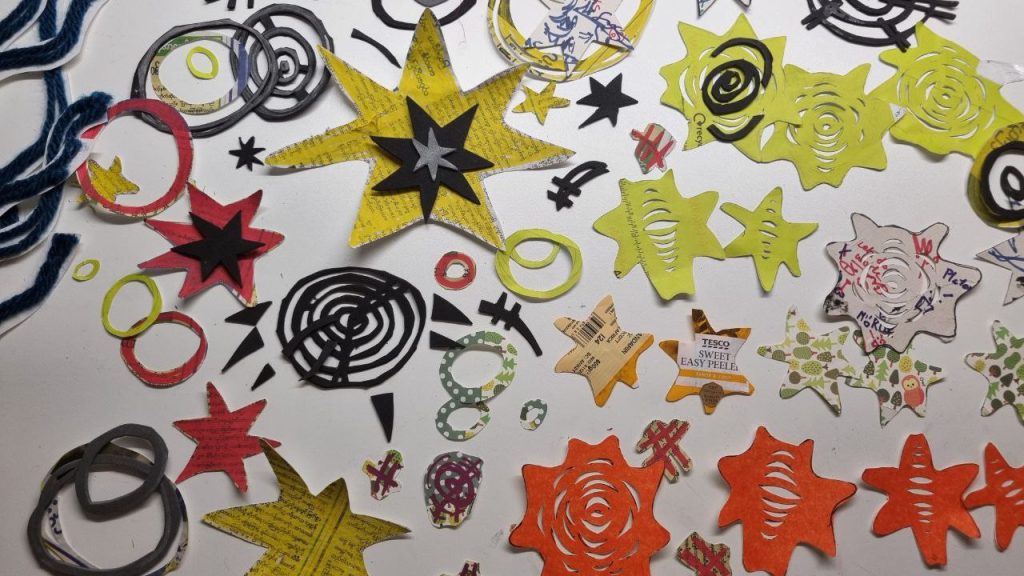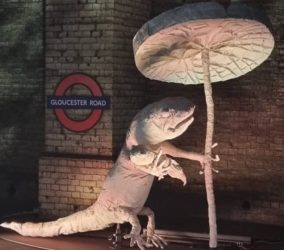I’ve collected feedback within tutors, class mates and also my relatives outside of University as well. In this post I’ll document the feedback, and a final evaluation of the rotation.
FEEDBACK FROM PEOPLE:

A group member’s helpful notes during the discussion:
With this feedback, I should slow down the movements of the star and prolong it’s frames next time.

Feedback from another group:
For these feedback, I think the only feedback that is semi related to my work was the comment about the lines, since I also included them in a part of my animation.

Feedback from my parents:
They told me that this part in my animation should be somewhat slowed down. But I think that if I slowed that particular part in post production, it looses part of the grungy choppy flashes of colour and texture. To respond to the sound, I wanted to feel as if the animation is hard to catch up to with a lot of things happening at once. But I think I could’ve still added a few more frames to establish it.
PERSONAL REFLECTION:

A few artists and notes I took whilst discussing my part with tutor:
There was a few points that were discussed that got me thinking.
QUESTIONS I WANT TO EXPLORE:
How much control do we have over the project and the outcome, do we need to control everything rather than be experimental? Would it loose some parts of the magic if the sync didn’t happen unexpectedly?
When I was being very experimental by cutting out literally any piece I could, would I have lost the structure I was mainly planning on making? Or would I make something completely different, special and improvised?
ARTISTS INSPIRED AND LINKED TO MY WORK:
I looked into Selina Trepp’s “Working the flow” where the motions of the figures runs consecutively all at the same time. I wanted to make my part look quite dynamic and vivid in the composition.
WHAT WENT WELL:
We were consistently practicing our teamwork and communication skills even after dividing up workload. Despite all of us having different skill levels in English, our team managed to create something with a balanced contribution and with a somewhat clear understanding of how we would execute this plan.
Since I had some experience in stop motion prior to this, I wanted to focus more on the extent of how I can play around with the timing, textures and elements to make the sound feel more vibrant and alive. Using the responsive sketch we had made before, I took elements of this and turned them into multiple thumbnails which helped me understand how many ways I can structure elements and transitions. During the group discussion, since we were a big group, we reached the conclusion of dividing up 2 workspaces to get work done twice as fast – but have enough continuity in the backgrounds to merge them together. Since I was the person starting halfway, I had to configure a lot of backgrounds and placings to match the first team’s and also make it easier for Jacob (the person going before me) to transition his work to mine.
Rather than cut out specific shapes that I was going to replace at specific times and frames, I made things easier for me by just cutting out shapes that felt right to me, and keeping the structure loose. This gave me freedom to completely do what I want during the shot.
IMPROVEMENTS:
To improve, I could try to make a more precise and structured work rather than trying to improvise everything completely. I could also preplan the exact pieces I need instead of making extra bits and pieces. I think we could’ve also communicated more as a team whilst working on our parts so that in a way, we could integrate each of our parts together in the same time.
Overall, this was a very interesting experience and a great start to working with a team.


